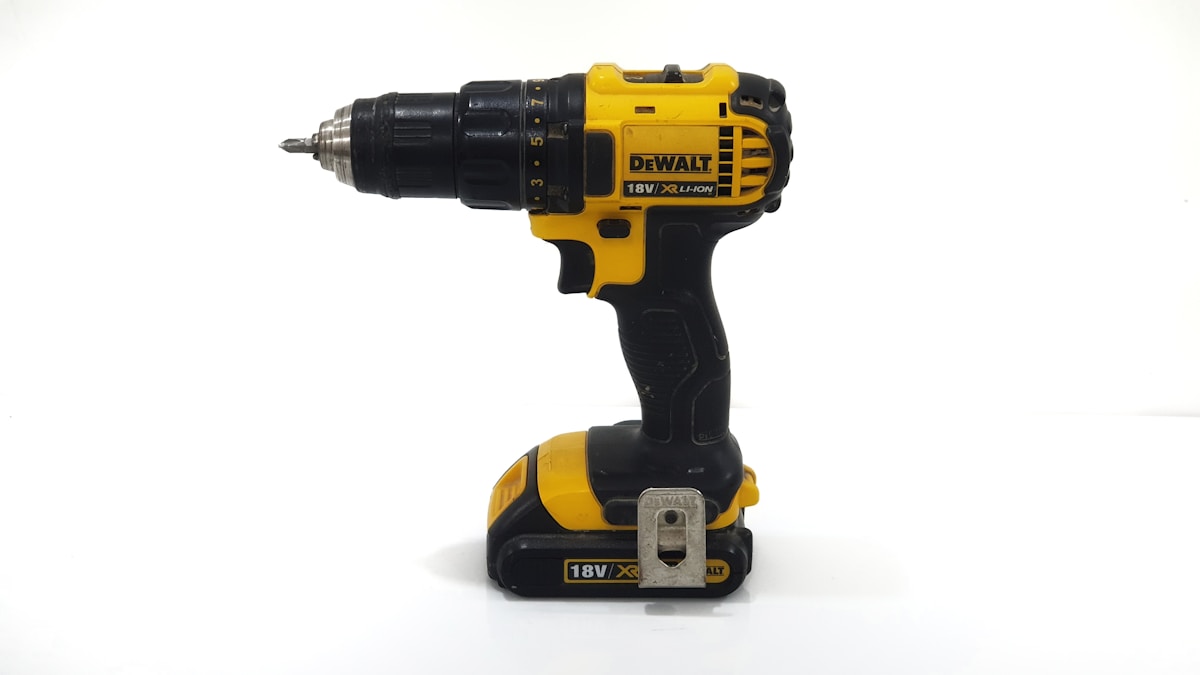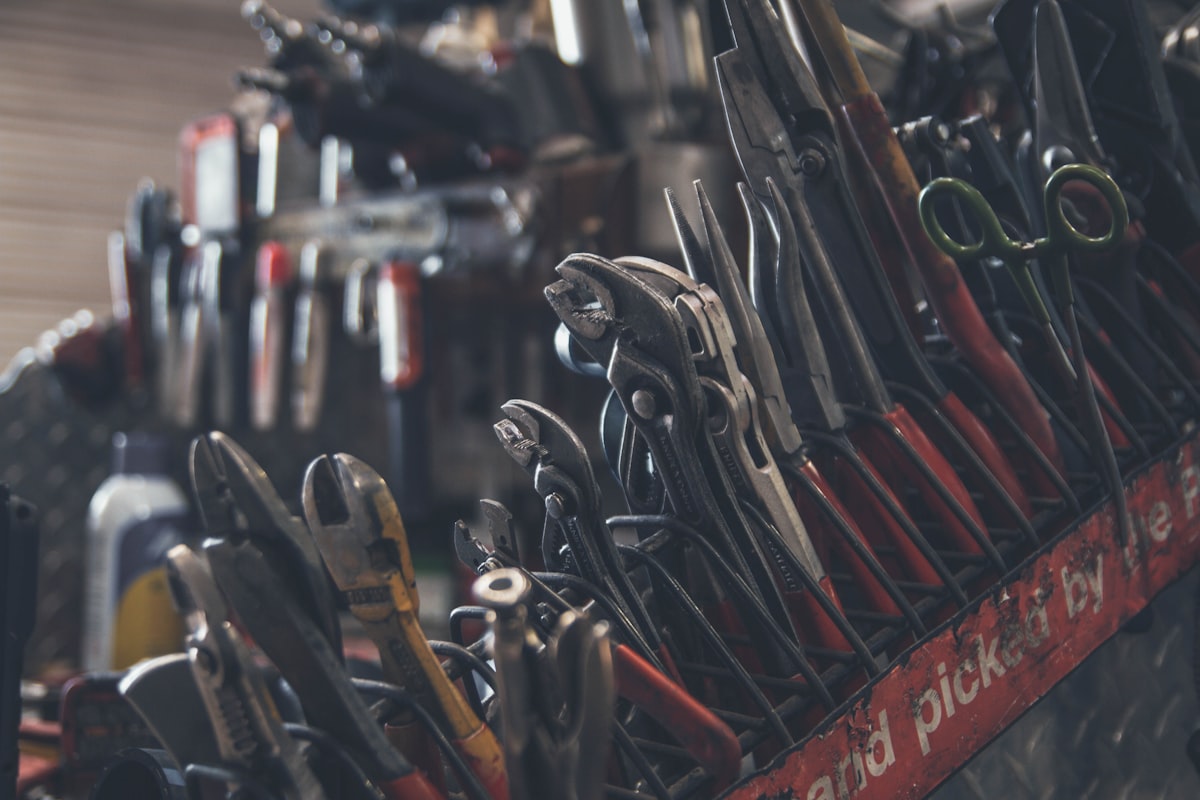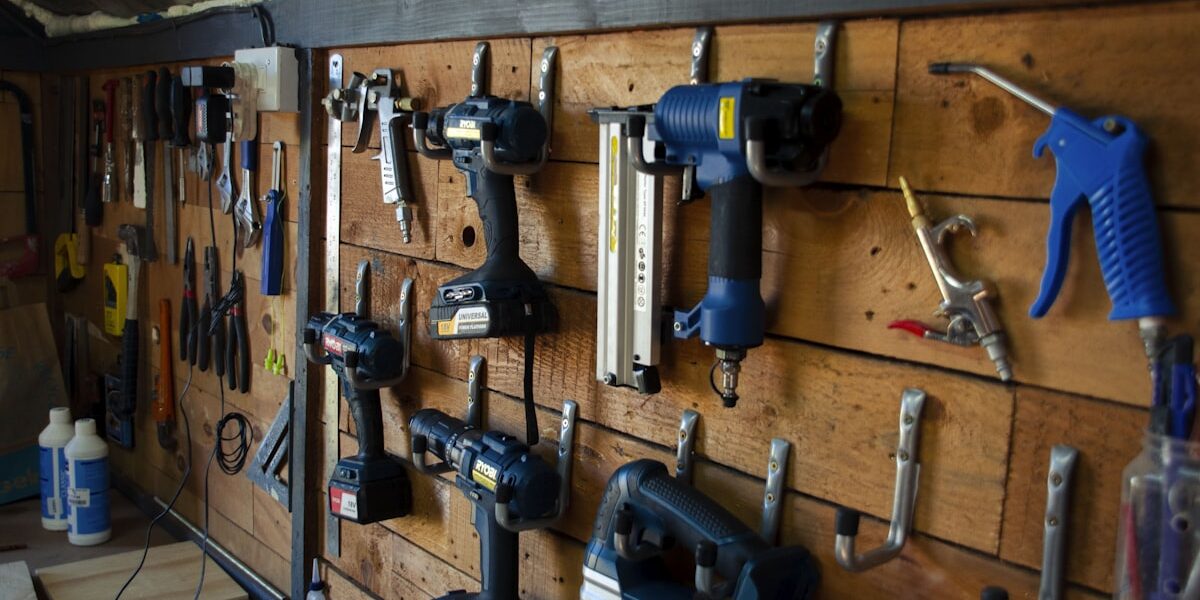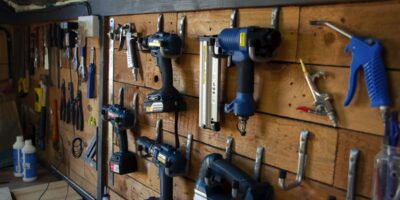What is Resawing
What is Resawing
Resawing is a woodworking technique where a wide board is cut along its thickness to create thinner boards. It is often used to maximize the yield of valuable wood, create veneers, or prepare boards for specific projects. The process requires precision and the right tools.
The Basics of Resawing
Resawing involves using a band saw or, less commonly, a table saw. The purpose is to convert thick boards into thinner sections without significantly losing material to sawdust. This method is efficient for making panels, bookmatched pieces, and thin veneers.
The band saw is preferred due to its thin blade, which results in less material wastage. A properly tuned band saw creates clean, straight cuts. The table saw can be used but tends to waste more material due to its thicker blade (kerf). Resawing with a table saw also requires more passes and setup time.
Tools Needed for Resawing
- Band Saw
- Resawing Blade
- Fence or Resaw Guide
- Push Sticks or Push Blocks
- Safety Gear
- Calipers or Measuring Tools
The Resawing Blade

The blade used for resawing is crucial. It should be wide, usually between 1/2 to 1 depending on the band saw size, and have fewer teeth per inch (TPI). Fewer teeth mean faster material removal and less heat buildup. A blade with 3 to 4 TPI is common for resawing.
Steps to Resawing a Board
Preparing the Board
Ensure the board is flat and square. Joint one face and one edge. This ensures stability and accuracy during the cutting process. Any warp or twist can affect the cuts.
Setting Up the Band Saw

Adjust the band saw’s fence or resaw guide to the desired thickness. Ensure the blade tension is appropriate. Too little tension can cause blade drift, resulting in uneven cuts. Check the band saw’s alignment and ensure the blade tracks correctly. The table should be perpendicular to the blade.
Making the Cut
Place the jointed edge against the fence. Use push sticks or blocks to guide the board through the blade, keeping fingers away from the cutting area. Feed the board steadily and evenly, letting the blade do the work. Rushing can lead to uneven cuts or blade drift. If the board is long, a friend or stand can help support it.
Post-cut Procedures
After making the cut, check both halves for thickness uniformity. Minor discrepancies can be planed or sanded out. If you require multiple thin boards, repeat the process with the remaining thicker section.
Advanced Techniques and Tips
Dealing with Thick Boards
For very thick boards, consider a two-stage process. First, cut the board slightly thicker than needed. Then, run both halves through a planer to reach the final thickness. This can lead to smoother, more accurate results.
Using a Table Saw
If using a table saw, make multiple passes, cutting halfway through the board on each pass. Flip the board over after each pass to avoid binding and ensure a straight cut. Use a thin-kerf blade to minimize material loss.
Combining with Veneer Slicing
Combine resawing with veneer slicing to maximize wood usage. After resawing a thick board into thinner slices, each piece can be further sliced into veneers. This is useful for decorative projects where matching grain patterns are desirable.
Common Problems and Solutions
Blade Drift
Blade drift occurs when the blade veers off the intended path. This can be due to incorrect blade tension, dull blades, or improper feed rate. Adjusting tension, using a sharp blade, and maintaining a steady feed rate can reduce drift.
Material Waste
Material waste can be minimized by using the right blade and proper setup. Practice and patience can lead to more efficient cuts. Proper jointing and planing before resawing also help.
Safety Concerns
Safety is paramount. Use push sticks or blocks to keep fingers away from the blade. Wear safety glasses to protect eyes from sawdust. Ensure the saw is properly adjusted and never rush the process.
Practical Applications
Creating Veneers
One primary use of resawing is to create veneers. These thin slices of wood are used to cover surfaces, providing the look of solid wood at a fraction of the cost. Veneers allow woodworkers to use rare or expensive species more economically.
Bookmatching
Bookmatching involves creating symmetrical patterns by resawing a board and opening the slices like a book. This technique is often used in tabletops, doors, and decorative panels, showcasing beautiful grain patterns.
Panel Making
Resawing allows for the creation of wide panels from narrower boards. After resawing, the thinner boards can be glued together, forming wide, stable panels for various projects, such as cabinets and furniture.
Maintaining Tools for Resawing
Band Saw Maintenance
Regularly check the band saw for alignment and proper blade tension. Lubricate moving parts to ensure smooth operation. Replace blades when they become dull to maintain clean cuts.
Blade Sharpening
Keep blades sharp. A dull blade can cause heat buildup, drift, and rough cuts. Some blades can be re-sharpened, extending their lifespan and maintaining cutting efficiency.
Resawing is a valuable technique in woodworking. It requires the right tools, proper setup, and practice. By maximizing wood use and enabling the creation of veneers and bookmatched pieces, resawing opens up numerous possibilities for woodworkers. Regular maintenance of tools and careful planning of cuts can make the process smoother and more efficient.


Subscribe for Updates
Get the latest articles delivered to your inbox.
We respect your privacy. Unsubscribe anytime.